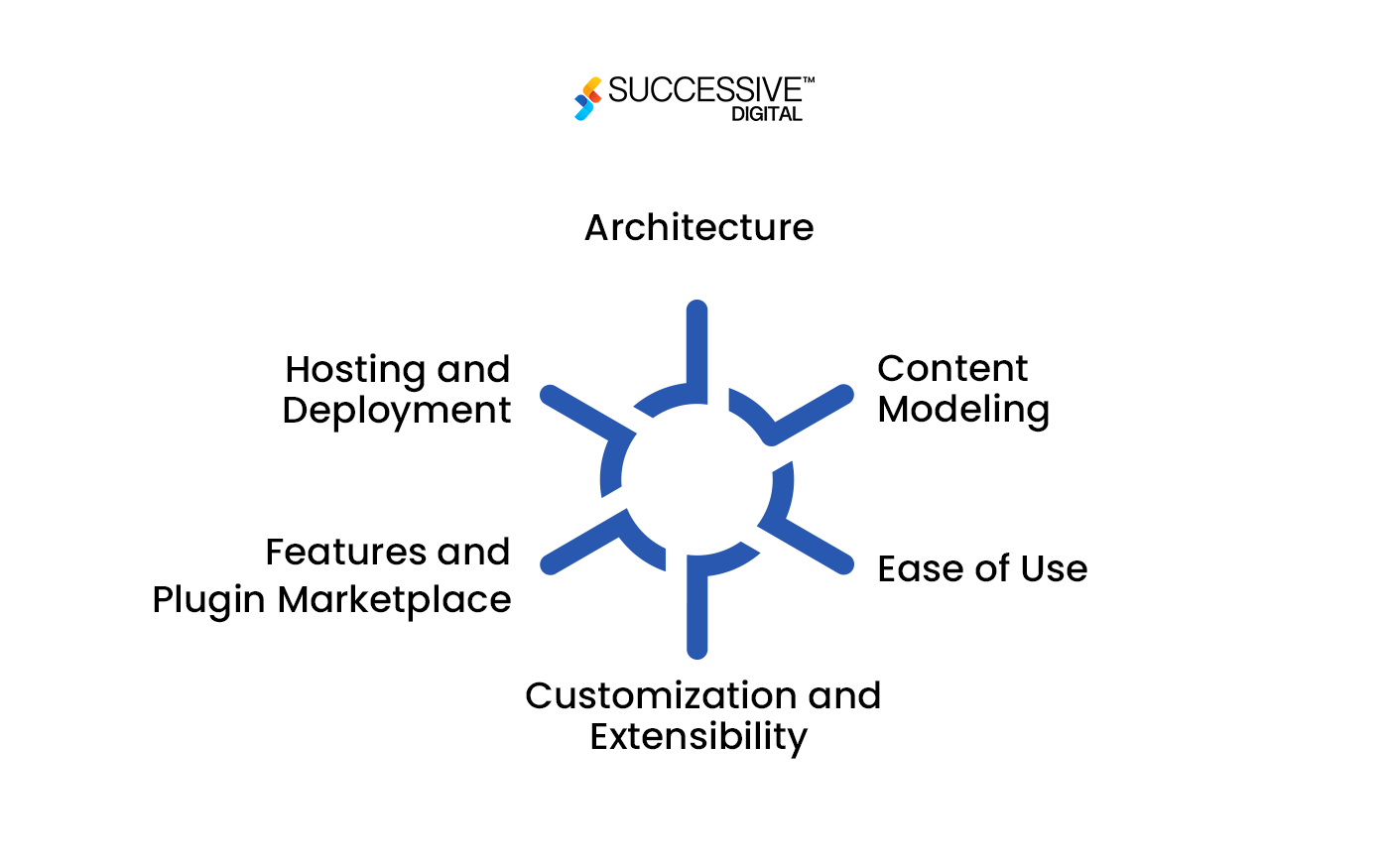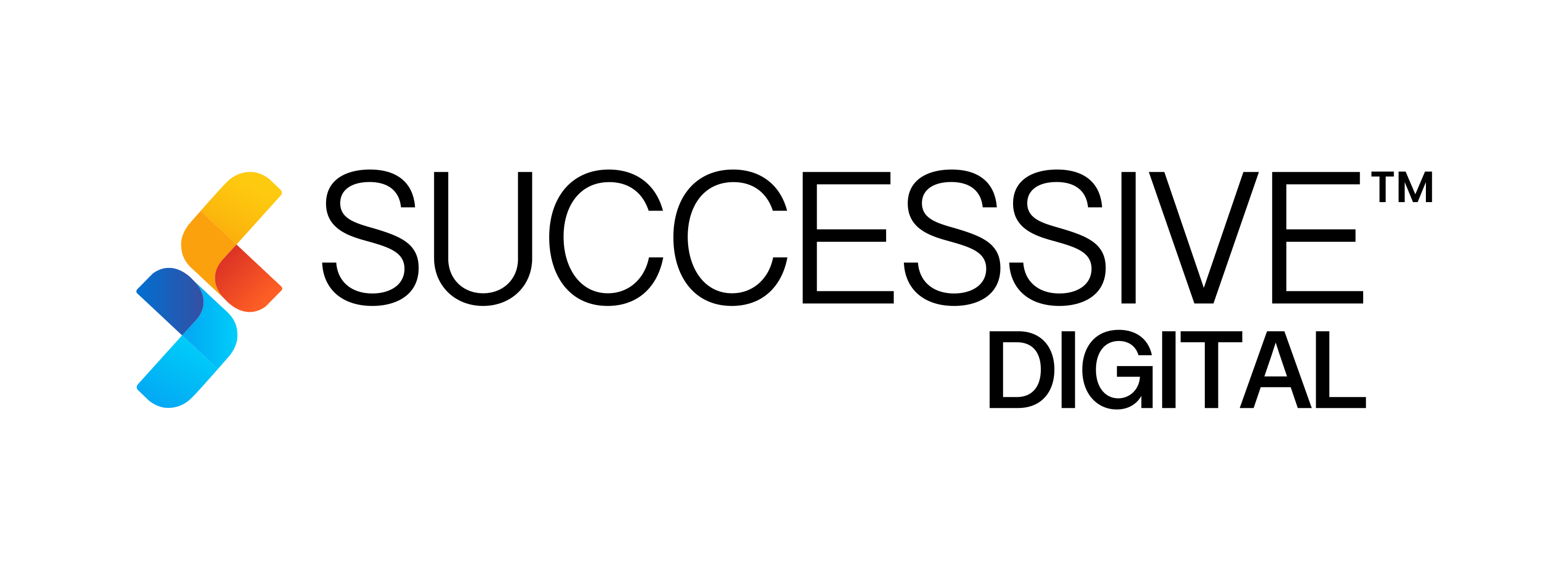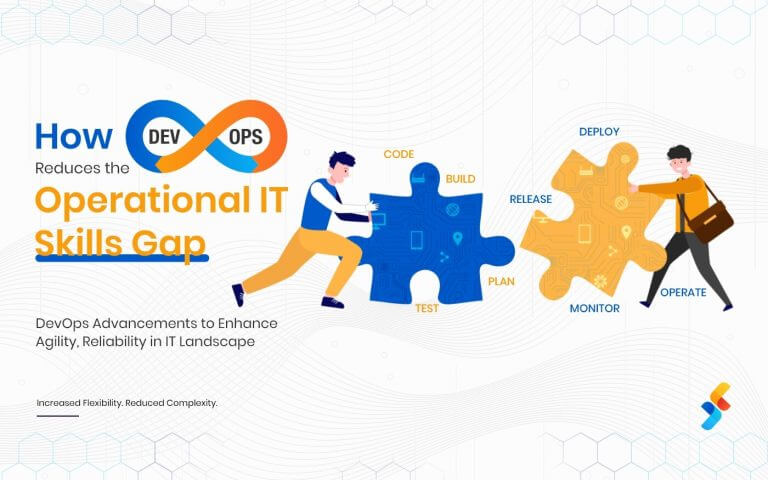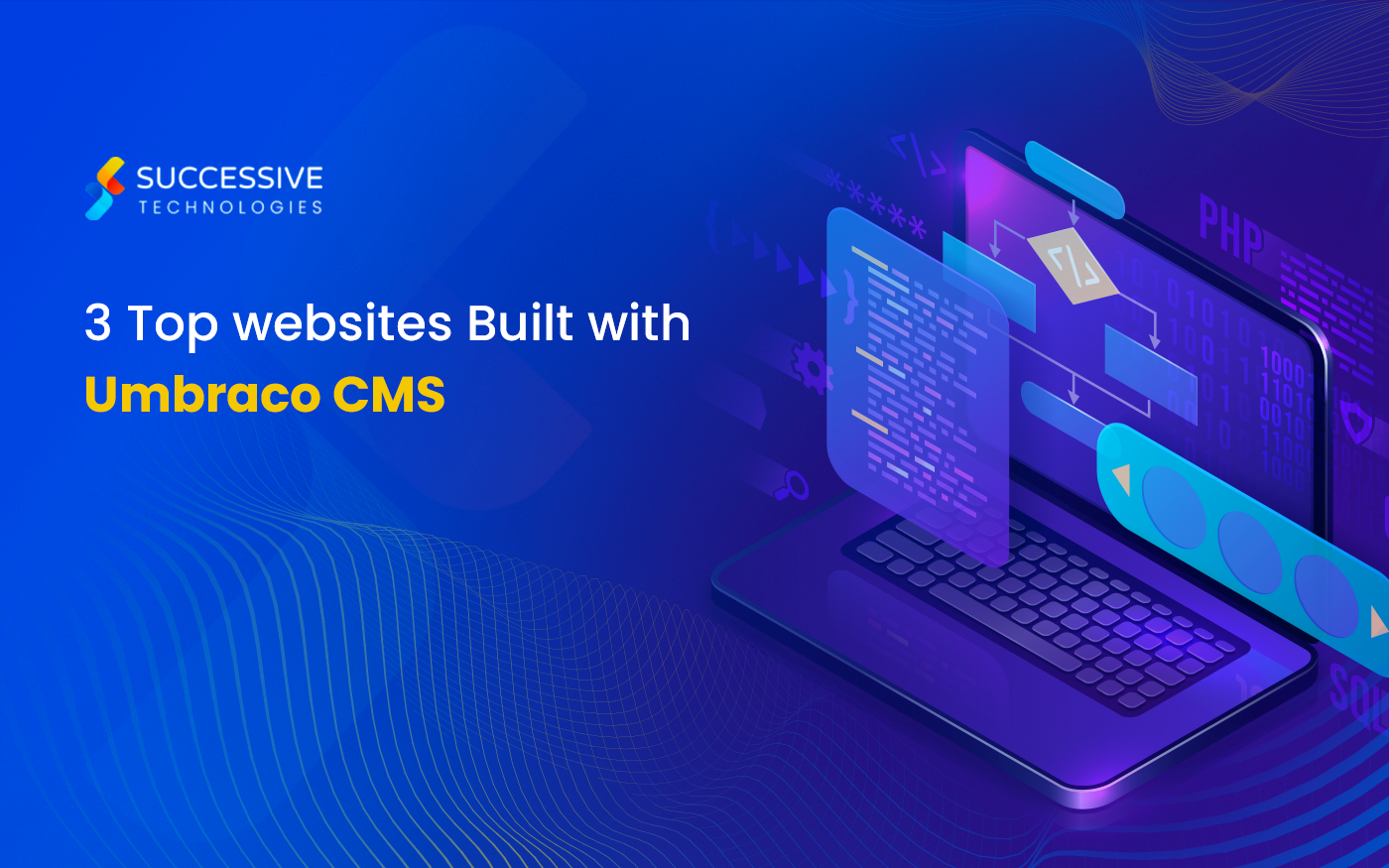The concept of content creation and distribution has evolved thanks to headless CMS. With the introduction of headless CMS, the process of content optimization has become more efficient. The headless or decoupled nature of such CMS platforms offers extensive flexibility to integrate any frontend framework and customize it as per the requirements.
Studies show that 64% of enterprises already utilize headless CMS software, and its market will reach USD 1787.55 million by 2031. This implies that headless CMS is set to transform the future of content distribution, and businesses must leverage it to manage their content operations.
When it comes down to choosing the right open-source headless CMS platform, Umbraco and Strapi CMS are the two leading options. As an experienced headless CMS solutions provider, we recommend that businesses understand both platforms, compare their pros and cons, and then select the best option. This blog will discuss their key differences in detail and suggest the best platform to use, so keep reading!
An Overview of Umbraco
Umbraco is an open-source content management system developed using C # on the Microsoft .NET framework.
The platform offers headless CMS capability with Umbraco Heartcore.
Umbraco Heartcore decouples content creation and storage repository from its presentation layer, allowing developers of the Umbraco development company to integrate preferred frontend frameworks and build engaging customer-facing experiences. With its robust APIs and cloud-based infrastructure, Heartcore enables seamless content delivery across multiple channels—web, mobile, and IoT devices.
The vast range of features and tools, coupled with the accessibility of the Umbraco ecosystem, enables organizations to create tailored digital experiences that align with their brand image.
An Overview of Strapi
Strapi headless CMS is a robust, fully customizable, enterprise-ready platform that enables businesses to organize and distribute digital content seamlessly. It is an open-source Node.js-based platform providing organizations unparalleled flexibility, scalability, and complete control over their content management and delivery processes.
Its headless architecture decouples the content repository from the presentation layer, enabling seamless content delivery across all touchpoints. This decoupling also allows the developers of Strapi development company to integrate preferred frontend frameworks, plugins, and APIs to extend the functionality of the CMS based on your specific needs.
Furthermore, Strapi’s intuitive user interface simplifies content creation, management, and distribution processes, while its extensive customization options allow organizations to adapt the CMS to their unique needs.
Umbraco vs Strapi: Some Key Differences

When comparing Umbraco vs Strapi, businesses must consider the key differences that will help them make the right choice. This section will discuss these differences in detail.
- Architecture
Umbraco is a traditional CMS known for its flexible nature that helps manage content and build websites. However, in 2019, Umbraco HQ released Umbraco Heartcore. Heartcore is built on top of Umbraco and extends Umbraco’s functionality a step further. It serves as a headless CMS solution, separating the content management backend from the frontend presentation layer.
On the contrary, Strapi CMS is a self-contained headless CMS solution that does not rely on any other CMS platform for functionality. It utilizes a microservices architecture and stores content in MongoDB or other SQL databases.
- Content Modeling
Umbraco has maintained its reputation for being user-friendly and intuitive, and Heartcore multiplies these qualities. Its easy-to-use interface helps content editors manage content seamlessly.
Strapi headless CMS also boasts a user-friendly interface and offers a dedicated visual content editor for managing content. It provides great flexibility in content modeling and API customization, making the content optimization and distribution process easier.
- Ease of Use
Headless CMS Umbraco uses a structured approach to content modeling and provides a built-in model builder, allowing users to define content types and their properties in the admin panel. This provides a standardized way of organizing content.
On the other hand, Strapi also offers a flexible content modeling system that allows users to define content types using a visual interface or directly editing JSON files. This flexibility enables users to create highly customized content structures tailored to their specific needs. Hence, content modeling is much more efficient with Strapi headless CMS.
Looking for the best enterprise CMS for content management? Read our blog to learn how Strapi Enterprise CMS can be the best choice, and consult a professional company for further discussion.
Want to learn more about Headless CMS?
Get valuable insights from the industry leaders about all things Headless CMS.
- Customization and Extensibility
Umbraco’s ecosystem and strong community support provide its Heartcore version a customization capability. Developers can customize the CMS and extend its functionality with third-party software integration.
Strapi CMS, on the other hand, is known for its high degree of customization and extensibility. It offers a marketplace and built-in tools that allow developers to easily implement custom functionality and third-party integrations. Additionally, since Strapi is built on Node.js, developers get flexible access to a vast ecosystem of npm packages, which helps with customization at a granular level.
- Features and Plugin Marketplace
In the comparative analysis of Umbraco vs Strapi, both platforms offer a wide range of features such as access-based content control, multilanguage support, preview functionality, plugins, and add-on capabilities.
However, Strapi offers a dedicated plugin and API marketplace, which helps in better customization and improving the CMS’s functionality according to business requirements. The Strapi marketplace has more plugins and third-party software available than Umbraco Heartcore.
- Hosting and Deployment
Umbraco Heartcore is a cloud-based solution and is hosted and managed by Umbraco. This means the Umbraco platform will always require support for development and deployment.
On the contrary, Strapi is a self-hosted cloud-based CMS that can be hosted on any infrastructure that supports Node.js applications. This gives businesses more control over their hosting environment and the Strapi development company’s developers more flexibility to deploy it over any cloud-native platform. Also, read our blog on how Strapi can be set up in Azure.
The Final Verdict
Headless CMS has emerged as a go-to- solution for effective content management. Many organizations are already leveraging it, and if you are a business that wants to transform digital experiences, then it’s the right time to migrate your CMS.
In a nutshell, Umbraco and Strapi CMS are two of the best platforms for headless CMS development. However, in a comparative analysis of Umbraco vs. Strapi, both platforms offer several features such as access control, version control, content blocks, and multi-language support. However, customization is Strapi’s strong suit, and it can be modified according to your business requirements.
Umbraco Heartcore is ideal for businesses already invested in the Microsoft ecosystem or those requiring integration with .NET technologies. Strapi suits those looking for flexibility, scalability, and a more modern approach to content management.
It’s best to examine the key differences mentioned above and pick the option that best suits your business requirements.
You can also book a consultation with us. Our CMS development team will provide end-to-end consultation to help you select the right option and will also handle the development and deployment process.
Ready to transform your content operations? Let’s discuss your project!
Frequently Asked Questions
Umbraco provides headless capability with Umbraco Heartcore. Umbraco Heartcore is an open-source headless CMS that serves as a flexible, scalable, and fully customizable platform to create content and deliver it across multiple channels.
When it comes down to choosing between Umbraco CMS and Strapi headless CMS, the choice will depend upon your specific requirements and which platform among both best meets them.
With over 12 years of experience, our CMS developers have gained significant expertise in Strapi website development. With our deep knowledge, we can build a custom web solution for your business while adhering to industry standards.












